French poultry sector is losing ground
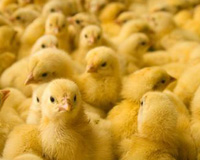
Once the largest producer of poultry in the EU, today’s French poultry industry is having trouble keeping up with the rest of the world. Between 1998 and 2011, French poultry meat production decreased 400,000 tonnes.
The bankruptcy and reorganisation of the Doux Group is more than an economic disaster for poultry production in the west of France, it is a “reflection of the fragility of the French poultry industry” according to an internal memo of the CFA (French Poultry Confederation).
The memo was procured by Le Figaro on the eve of a crucial meeting with officials of the sector at the Ministry of Agriculture on June 21.
“The French poultry industry does not benefit from the dynamism that characterises global production and consumption of poultry, which are expanding,” the authors add to their analysis.
Structural problem
Although still the leading European producer, “France is still weakened by structural trends it faced over the past ten years,” they continue.
Indeed, between 1998 and 2011, French poultry meat production dropped 400,000 tonnes (-20%). It has certainly found some growth in 2010 and 2011, but at a slower pace than the global evolution and that of its main European competitors.
World production reached 101 million tonnes (Mt) in 2011, an increase of 3% over the previous year.
France with 1.86 Mt, only increased production by 2.3% and cannot keep up with rising domestic consumption. The country is now closely followed by the UK (1.55 Mt) and Germany (1.45 Mt).
“France is now chronically in deficit with the EU,” says Jean-Michel Choquet, chairman of Cravi Bretagne (regional poultry committee).
Fragmented industry
According to Le Figaro three factors explain the weakening of the French poultry industry.
First, the French poultry buildings are aging and are too fragmented. “There has virtually been no investment at farm level for ten years, says Jean-Michel Choquet, a poultry farmer himself.
The average age of the poultry sheds is over 22 years. “On the short thess cheap buildings allow intensive livestock systems to generate margins in times of sharply rising costs. But on the longer term, this lack of investment has penalised the poultry sector.
“The size of farms and buildings is much lower than the farming standards of our European competitors,” says a rival of Group Doux, who farms Label Rouge chickens.
This also counts for the poultry processing plants. “Many work at 50% capacity. They should be joined together, “added Jean-Michel Choquet.
Red tape hampers progress
The second weakness of the French poultry sector is distortions of competition by European standards with regard to administrative constraints, particularly the time taken to requests for installation of new barns and criteria related to environment.
Finally, the rise in agricultural commodity penalises the industry.
The fact remains that the French poultry industry has many strengths, particularly in genetic selection of breeds and the working capacity of the farmers on which it still can rely.
Join 31,000+ subscribers
Subscribe to our newsletter to stay updated about all the need-to-know content in the poultry sector, three times a week. Beheer
Beheer

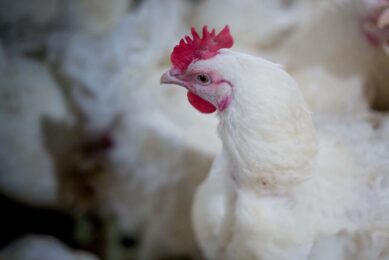
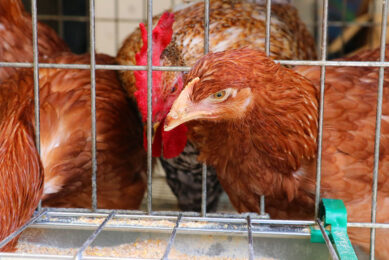
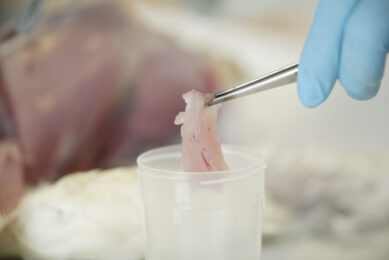
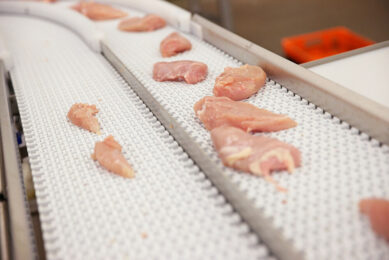



 WP Admin
WP Admin  Bewerk bericht
Bewerk bericht